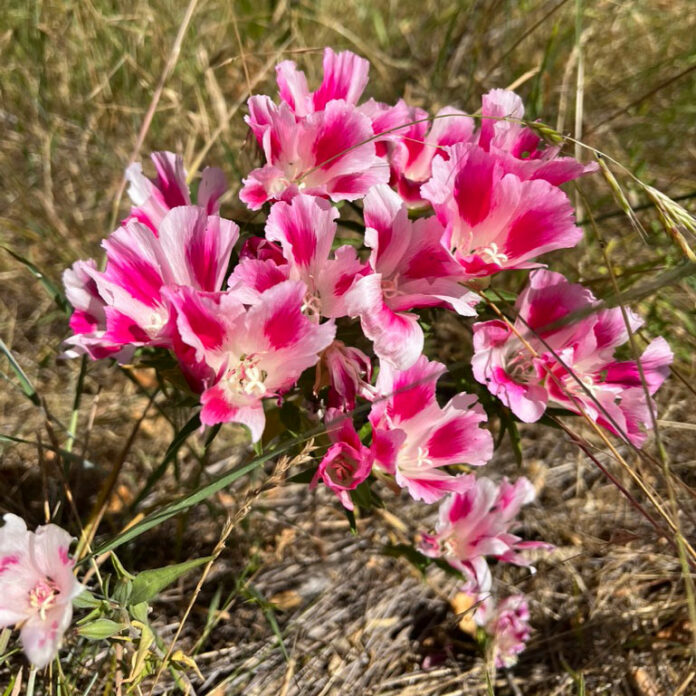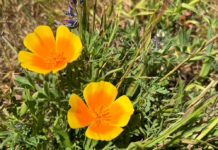
Summer is officially here. Astrological summer occurs on the solstice, the longest day of the year, which was June 21, though it varies from year to year. For instance, the summer solstice is June 20 in 2024, and June 21 in 2025. Meteorological summer, however, always begins on June 1 and ends Aug. 31.
Sort of odd that the stars determine the first day of summer, but folks looking up into the sky choose their own day to start summer. The reasoning for meteorological seasons matching the Gregorian calendar is to compare weather statistics in common increments year over year.
The beginning of summer is also informally marked by backyard barbecues and 4th of July celebrations across America. It was lovely to see Healdsburg’s fireworks celebration this year after the COVID/fire hiatus a couple of years ago.
Fun facts: There are six principal calendars in use: Gregorian, Julian, Jewish, Islamic, Indian and Chinese. The Gregorian calendar standardizes a year at 365 days, with modifications to retain accuracy. It was instituted in Catholic controlled lands by Pope Gregory in 1582.
The Julian calendar was instituted in 46 BC by Julius Caesar. It has 365 days and adds one day every four years—leap year. It is used by Eastern Orthodox churches. The current discrepancy between Gregorian and Julian calendars is 13 days.
A Jewish calendar year is about 354 days, but some years it is 384 days, owing to moon cycle starting points. Hindu calendar months have 28 days. Chinese calendar months alternate at 29 days, then 30 days, with intercalary months inserted as adjustments. Years in the Islamic calendar are either 354 or 355 days long.








